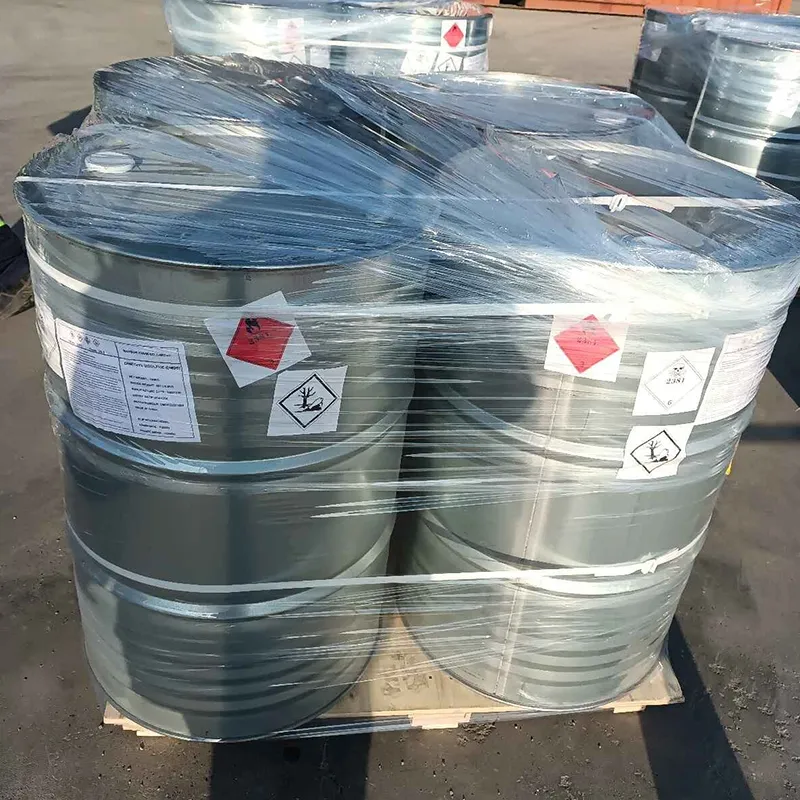
pimaricin preservative
Understanding Pimaricin as a Preservative
In the realm of food preservation, the importance of effective antibacterial agents cannot be overstated. One such compound that has garnered attention in recent years is pimaricin, a natural antibiotic derived from the fermentation of certain molds. This article delves into the characteristics, applications, benefits, and potential drawbacks of pimaricin as a preservative.
What is Pimaricin?
Pimaricin, also known as natamycin, is a polyene macrolide antibiotic. It is produced by the fermentation of specific strains of the bacterium *Streptomyces natalensis*. Initially discovered for its antifungal properties, pimaricin has shown remarkable efficacy against a variety of foodborne molds and yeasts. This characteristic makes it an attractive option for food preservation, especially in environments demanding high safety standards.
Mechanism of Action
The primary mechanism through which pimaricin operates is by binding to ergosterol, a vital component of fungal cell membranes. This interaction disrupts membrane integrity, leading to cell death. Unlike many synthetic preservatives, pimaricin is selective, targeting primarily yeasts and molds while having minimal impact on beneficial bacteria. This selectivity is critical in maintaining the natural flora of food products, which can otherwise be disrupted by harsher chemical preservatives.
Applications in Food Preservation
Pimaricin's utility as a preservative spans across various food products, including dairy items, meat, and bakery goods. Its application is particularly prominent in cheese production, where it helps inhibit mold growth, extending the shelf life of products while maintaining their quality. Additionally, pimaricin is effective in protecting cured meats from spoilage, ensuring that these products remain safe for consumption over extended periods.
Another area where pimaricin shines is in the preservation of baked goods. By preventing mold growth, bakers can ensure that their products remain fresh longer, reducing waste and increasing profitability. Its effectiveness at low concentrations also allows it to be used without altering the natural flavor or color of the food, making it an ideal choice for manufacturers looking to maintain product quality.
pimaricin preservative

Benefits of Pimaricin
One of the most significant advantages of pimaricin is its natural origin. Consumers are increasingly leaning towards clean-label products that contain natural ingredients rather than synthetic additives. Pimaricin fits this demand, offering an alternative that is both effective and acceptable to health-conscious consumers.
Additionally, pimaricin has a low toxicity profile, making it safe for human consumption. Regulatory bodies, including the U.S. Food and Drug Administration (FDA) and the European Food Safety Authority (EFSA), have recognized its safety, approving its use in various food applications. This regulatory endorsement further enhances consumer confidence in products containing pimaricin.
Moreover, pimaricin contributes to reducing food waste. By prolonging the shelf life of perishable products, it allows manufacturers and retailers to optimize their inventory management, ultimately benefiting both their bottom line and the environment by minimizing waste.
Potential Drawbacks and Considerations
Despite its many benefits, pimaricin is not without its challenges. One of the primary concerns is its limited spectrum of activity; while it effectively inhibits molds and yeasts, it does not address all bacterial pathogens. This means that it may need to be used in conjunction with other preservation methods to ensure comprehensive protection.
Furthermore, some consumers may have concerns regarding the potential for allergenic reactions or the development of microbial resistance. Continuous monitoring and research are essential to address these issues and to maintain the safety and efficacy of pimaricin in food applications.
Conclusion
Pimaricin presents a promising solution in the quest for effective, natural food preservation methods. Its antifungal properties, safety profile, and low impact on food quality align well with modern consumer preferences for health-conscious and sustainable food options. As research continues to explore its full potential, pimaricin could become a staple in food preservation strategies, contributing to safer and longer-lasting food products while supporting the growing demand for natural ingredients.
-
Why Glacial Acetic Acid Food Grade Is Essential in FlavorNewsMay.26,2025
-
Surging Export Growth of Food Additives in ChinaNewsMay.26,2025
-
How Ammonium Nitrate Fertilizer Boosts Crop YieldsNewsMay.26,2025
-
How 1,2,3-Benzotriazole Shields Plastics from UV DegradationNewsMay.26,2025
-
Cyanide in Gold Mining: Protecting People and the PlanetNewsMay.26,2025
-
Aluminum Hydroxide in Modern Sunscreen FormulationsNewsMay.26,2025
-
Understanding Synthetic Rubber OptionsNewsApr.27,2025
Hebei Tenger Chemical Technology Co., Ltd. focuses on the chemical industry and is committed to the export service of chemical raw materials.
-

view more DiethanolisopropanolamineIn the ever-growing field of chemical solutions, diethanolisopropanolamine (DEIPA) stands out as a versatile and important compound. Due to its unique chemical structure and properties, DEIPA is of interest to various industries including construction, personal care, and agriculture. -

view more TriisopropanolamineTriisopropanolamine (TIPA) alkanol amine substance, is a kind of alcohol amine compound with amino and alcohol hydroxyl, and because of its molecules contains both amino and hydroxyl. -

view more Tetramethyl Thiuram DisulfideTetramethyl thiuram disulfide, also known as TMTD, is a white to light-yellow powder with a distinct sulfur-like odor. It is soluble in organic solvents such as benzene, acetone, and ethyl acetate, making it highly versatile for use in different formulations. TMTD is known for its excellent vulcanization acceleration properties, which makes it a key ingredient in the production of rubber products. Additionally, it acts as an effective fungicide and bactericide, making it valuable in agricultural applications. Its high purity and stability ensure consistent performance, making it a preferred choice for manufacturers across various industries.











